An exhibition in Lugano on the poetics of the Void and the Full in Yves Klein and Arman
The Giancarlo and Danna Olgiati Collection in Lugano inaugurates its fall 2024 season with an exhibition open from September 22, 2024 to January 12, 2025 entitled Yves Klein and Arman. Le Vide et Le Plein, curated by Bruno Corà and realized in collaboration with the Yves Klein Foundation in Paris, while the exhibition design concept is signed by Mario Botta. The exhibition project aims to compare for the first time the work of Yves Klein (Nice, 1928 - Paris, 1962) and Arman (Nice, 1928 - New York, 2005), the two French artists who were leading exponents of the celebrated Nouveau Réalisme movement. Both natives of Nice, Yves Klein and Arman were the protagonists of an intense season of European and international art of great innovation. The exhibition, among sixty works, aims to highlight two antithetical and complementary aspects of the two masters’ poetics, namely Le Vide et Le Plein, the Void and the Full.
For Klein le Vide, the Void, as a spatial quality, is also identified with the poetic dimension of “immateriality” toward which his entire artistic career, influenced by Zen philosophy, tends. Through the concept of Plein, the Full, Arman exalts, on the other hand, the object that is the result of industrial production. In the exhibition, the poetics related to Le Vide et Le Plein dialogue between the language of Klein and Arman. The layout compares the works of the two artists, presented in two parallel paths in the polygonal, apsidal-like spaces of the Olgiati Collection.
The side devoted to Klein opens with a cycle of monochromes that exemplarily cover the “historical” phase of the intense season of monochromaticism. In addition to paintings related to blue, such as the two Monochromes bleu sans titre (IKB 38) and (IKB 246), monochromes of yellow, pink and white also stand out in this nucleus of works, made between 1955 and 1959, up to Monochrome or sans titre (M 59), made in gold leaf on glass. Forms, materials and techniques that characterize Klein’s research are present, in the exhibition, with groups of works, such as the Anthropometries, imprints of the bodies of models sprinkled with blue pigment and synthetic resin on paper and canvas, on which they imprint what the artist called a “trace of life.” The exhibition presents five examples (made in 1960), includingAnthropométrie sans titre (ANT 7) and Monique (ANT 59). Also featured are Klein’s early works, such as Cosmogonies - in which different elaborations based on pure blue pigment and binders deliver imprints of natural phenomena to the eye. The exhibition features five works from the series of Peintures de Feu Couleur and Peinture de Feu sans titre (F 13) created between 1961 and 1962. Also featured among the monochrome sponge-based works are Scultpure Éponge bleue sans titre (SE 263) and Relief Éponge Fa (RE 31). Technical wisdom and aspiration toward the immaterial merge, finally, in the poetic Excavatrice de l’espace (S 19), created by Klein together with sculptor Jean Tinguely.
Klein’s works are answered, in the exhibition itinerary, by the cycles of works that give substance to Arman’s idea of the full, an idea that takes its starting point from the artist’s interest in objects. Objects whose imprints the artist initially collects in the Cachets - works created by obliterating stamps inked on paper or panel - and, later, in the Allures d’objets (1958) and Violins (1961). Following the use of materials such as Plexiglas cases, Arman sees himself as the interpreter of an era dominated by consumer society and which, as the artist states, “has produced more objects in about half a century than in the previous fifty thousand years.” From electric razors, to automobile bulbs (Fiat pas Lux II), from doll hands (Les mains) to clock gears: objects “accumulate” in Plexiglas containers and wooden cases in this series of works. In the exhibition’s itinerary, Klein’s Peinture de Feu corresponds to the work Untitled (1969), made by Arman with a burned violin preserved in resin, in plexiglass. Also on view in the exhibition are both Cello, 1962, a “coupée” of a cello sectioned on board, and Antony and Cleopatra, 1966, a “colère” of two cellos torn apart and composed on board. On the occasion of the exhibition, a bilingual catalog published by Mousse Publishing will be published, with an introduction by Giancarlo and Danna Olgiati, a historical-critical-scientific essay by Bruno Corà, a contribution by the Director of MASI in Lugano Tobia Bezzola, a dialogue between Bruno Corà and Mario Botta, and finally bio-bibliographical apparatus and worksheets edited by Aldo Iori.
"If Klein with Le Vide operates an innovative contamination between Eastern and Western cultures, opening a new chapter of sensitivity to reality, Arman, with the accumulation of objects and waste of urban reality seems to want to emphasize the importance of the object and the process of productive quantification, taking it to the extreme consequences of saturation, almost prophesying the consumerist and surplus societies of the entire West, and not only," explains curator Bruno Corà.
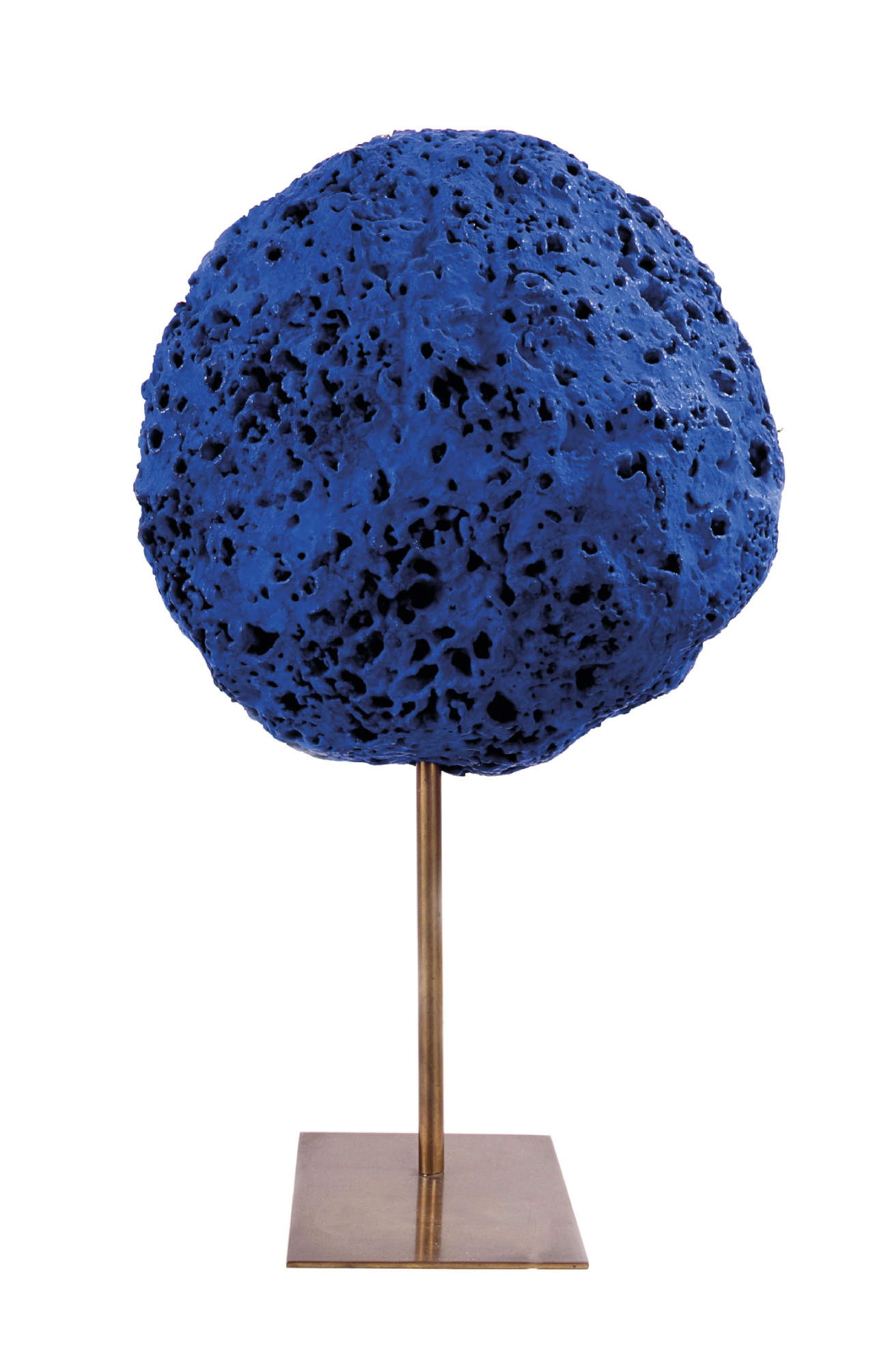
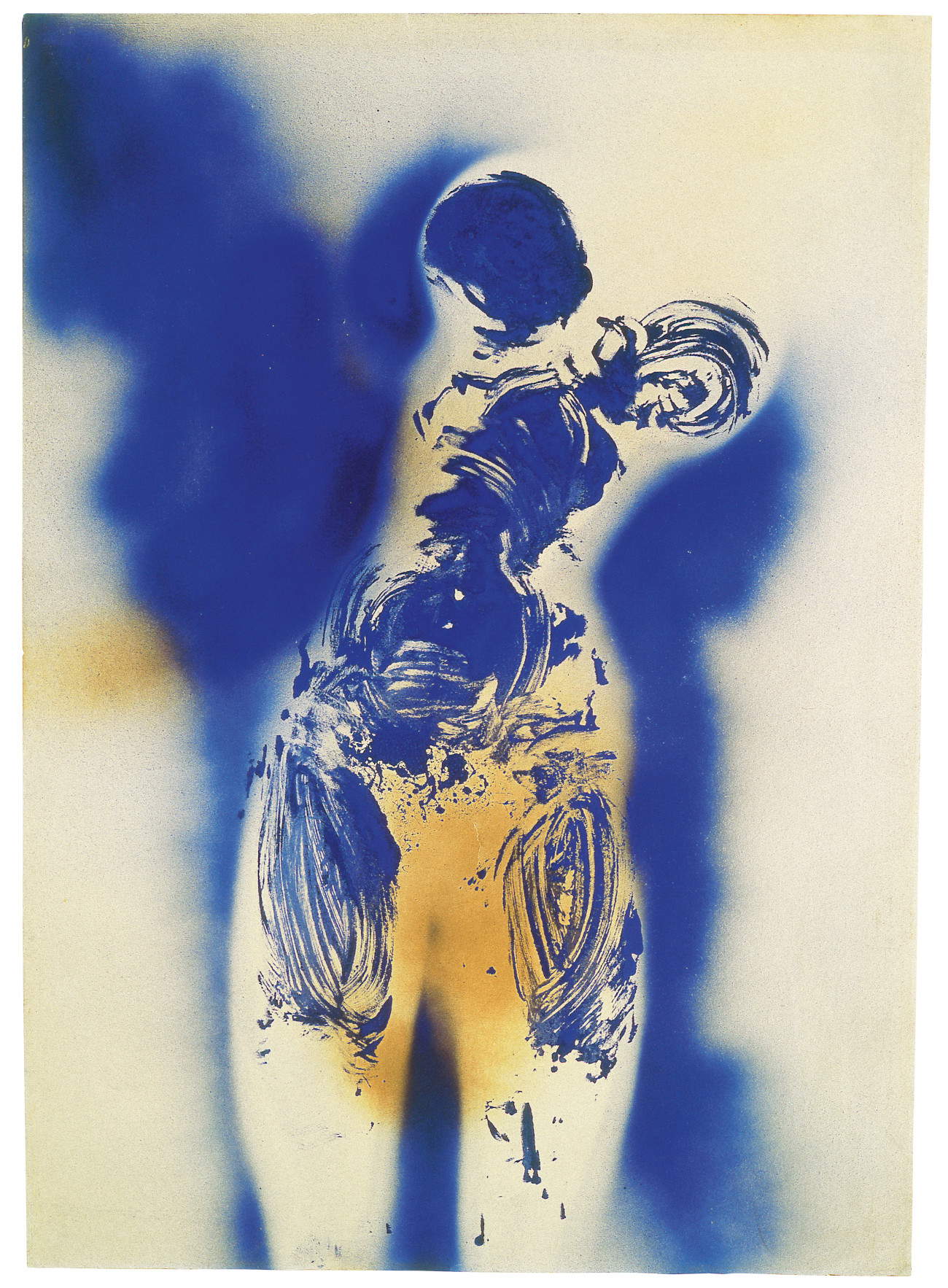
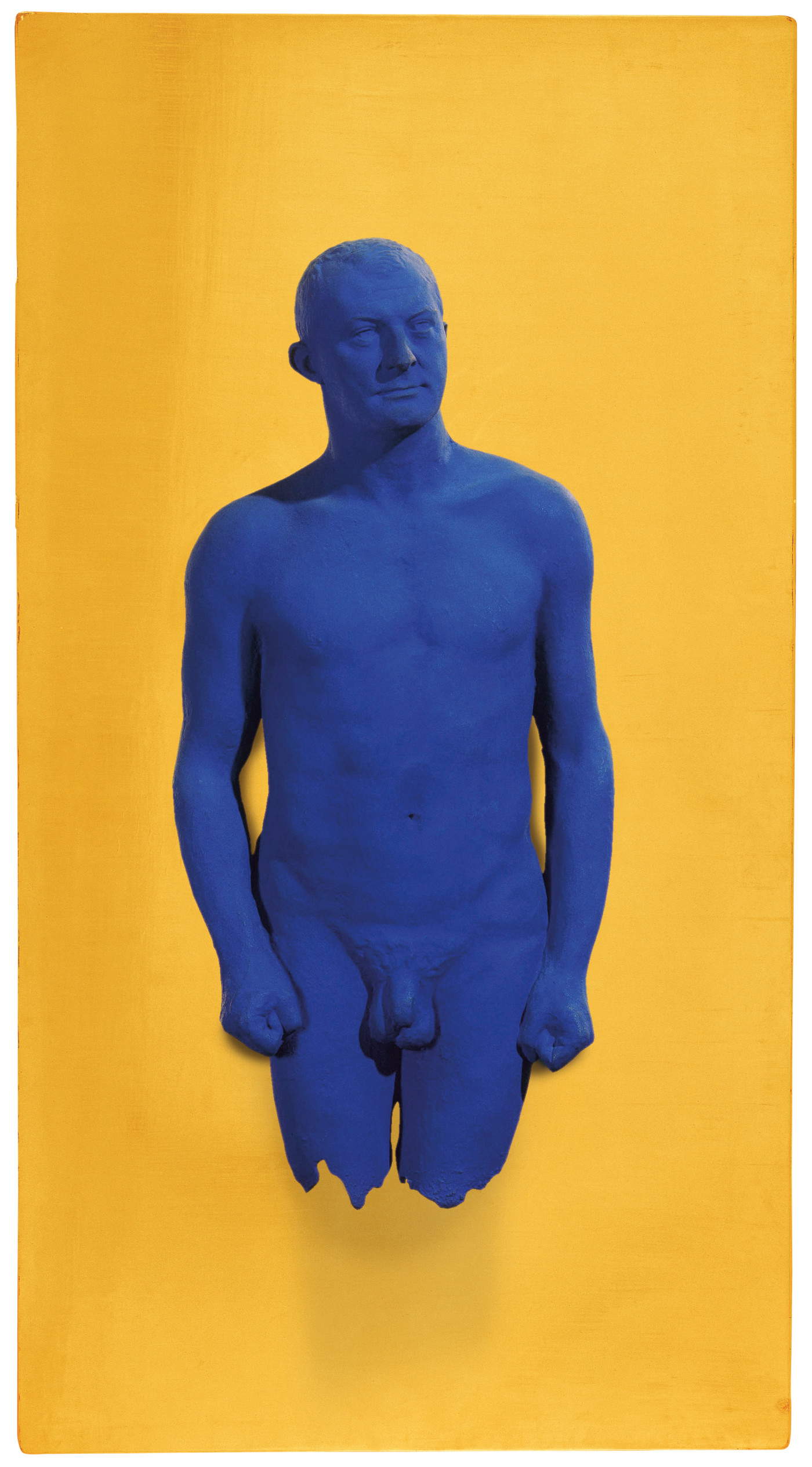
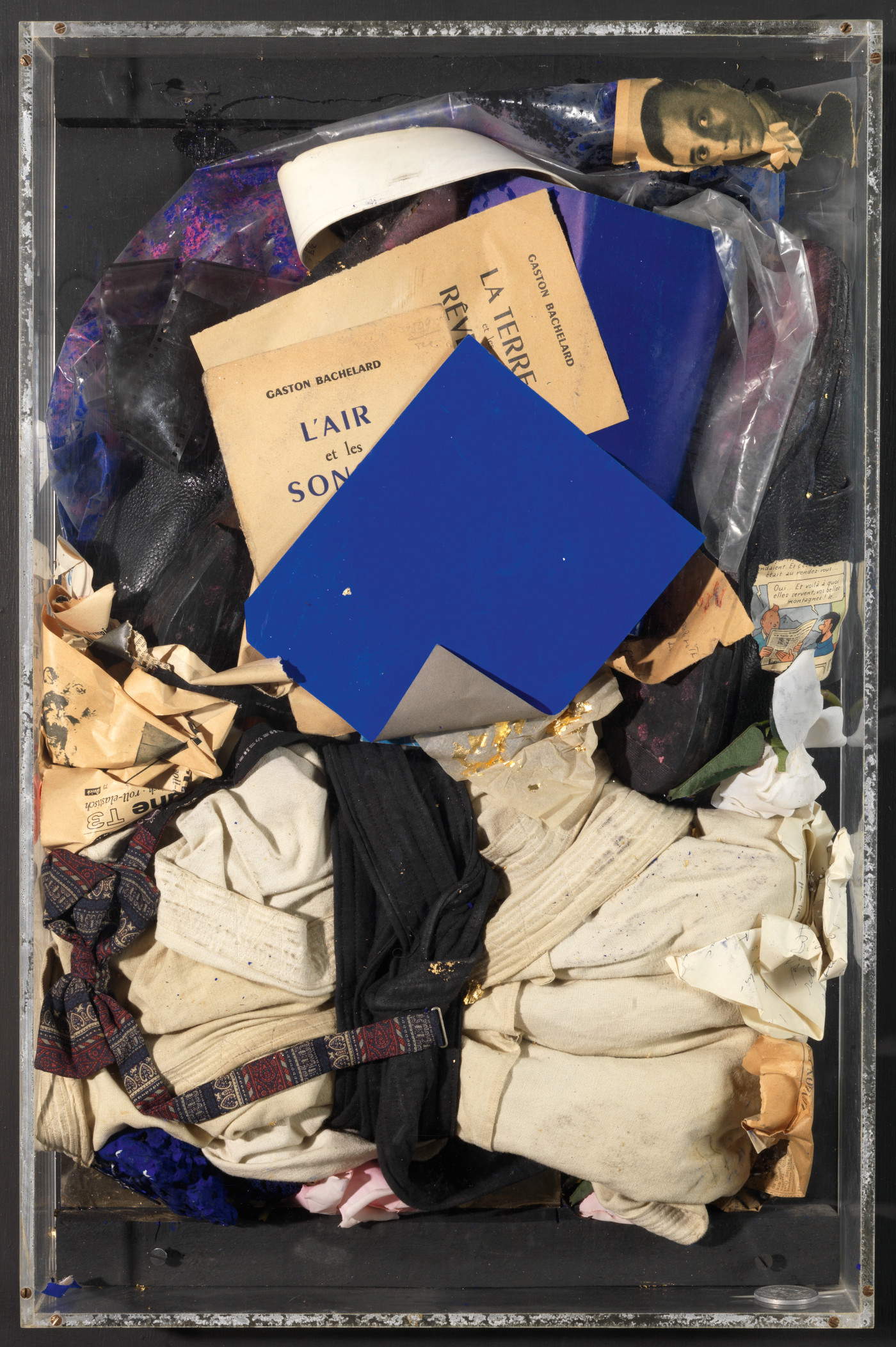
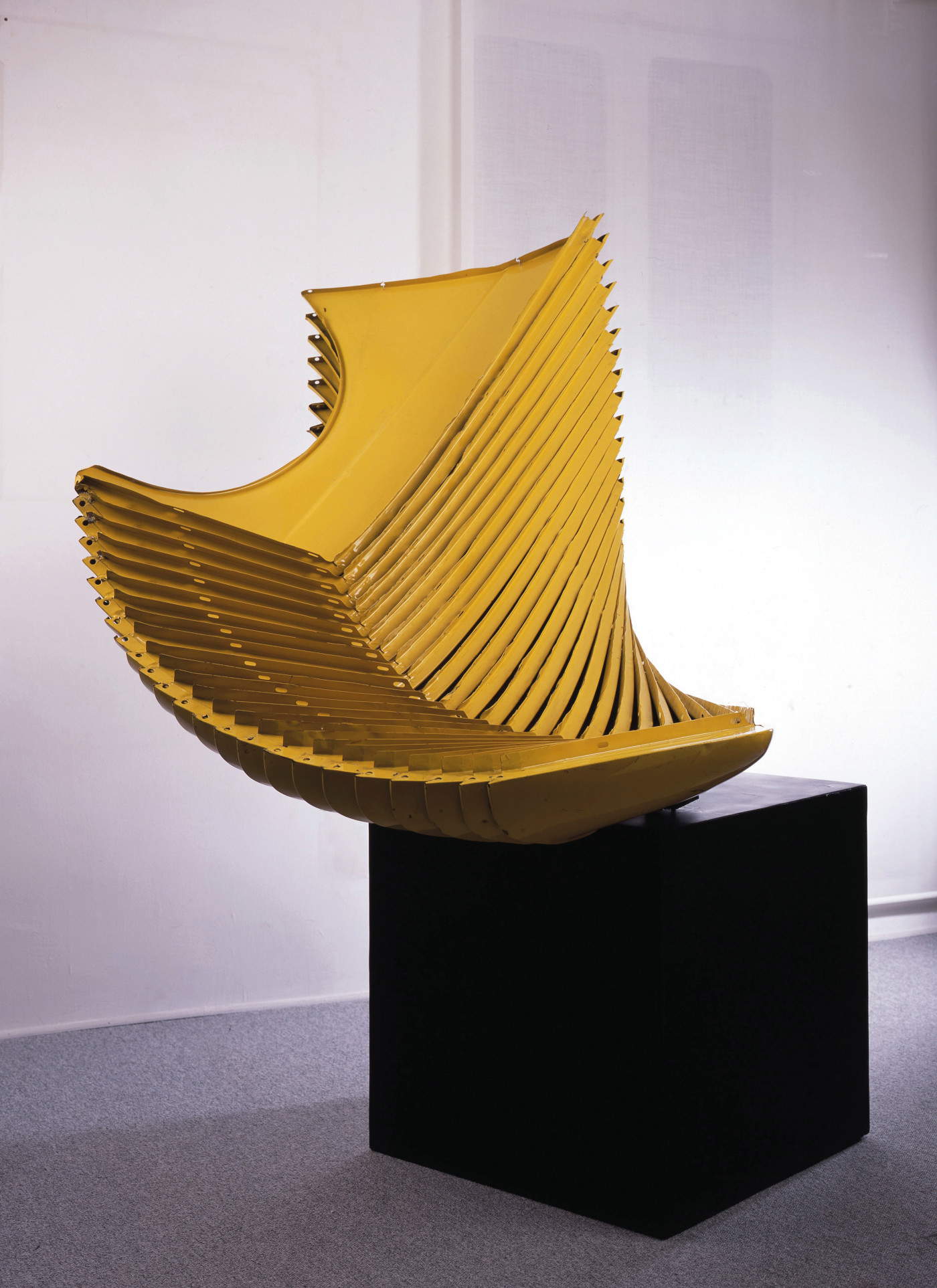
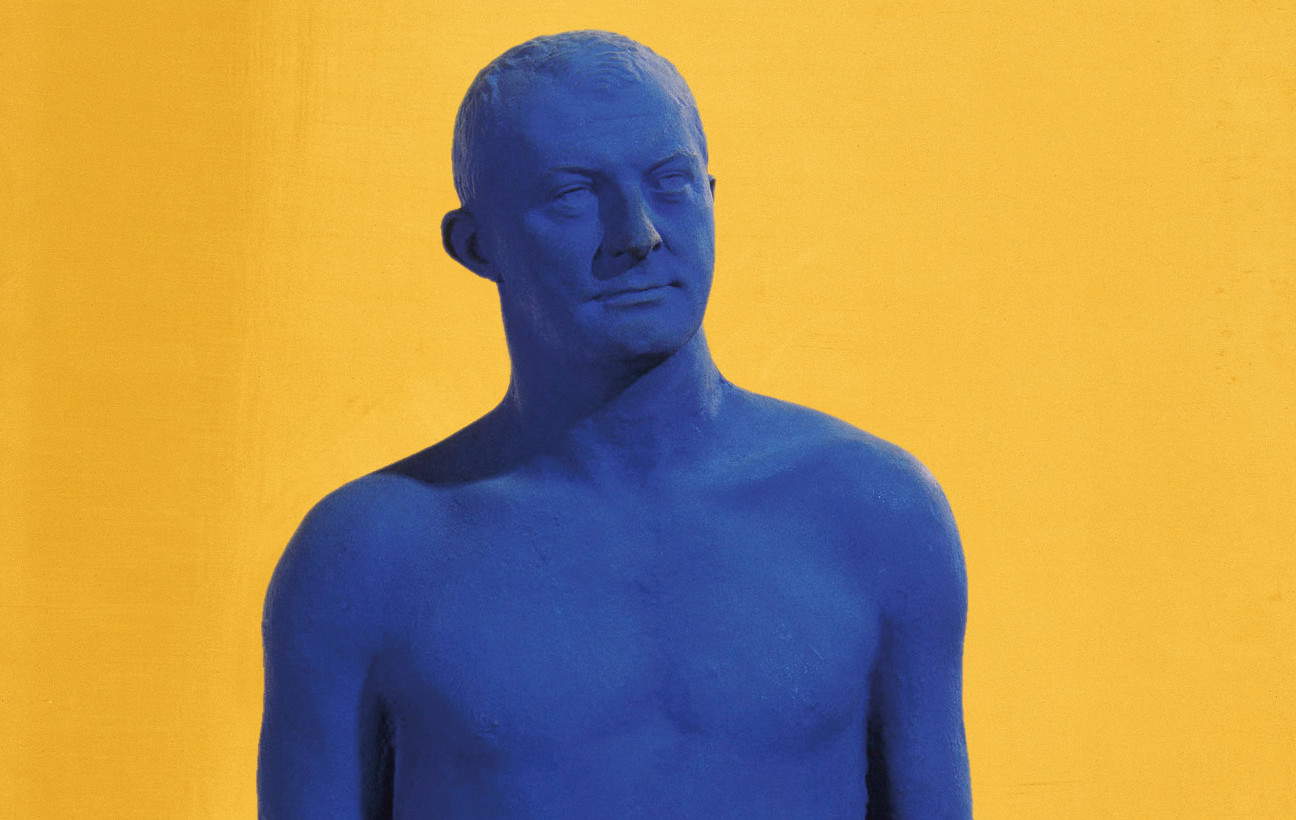 |
| An exhibition in Lugano on the poetics of the Void and the Full in Yves Klein and Arman |
Warning: the translation into English of the original Italian article was created using automatic tools. We undertake to review all articles, but we do not guarantee the total absence of inaccuracies in the translation due to the program. You can find the original by clicking on the ITA button. If you find any mistake,please contact us.



























